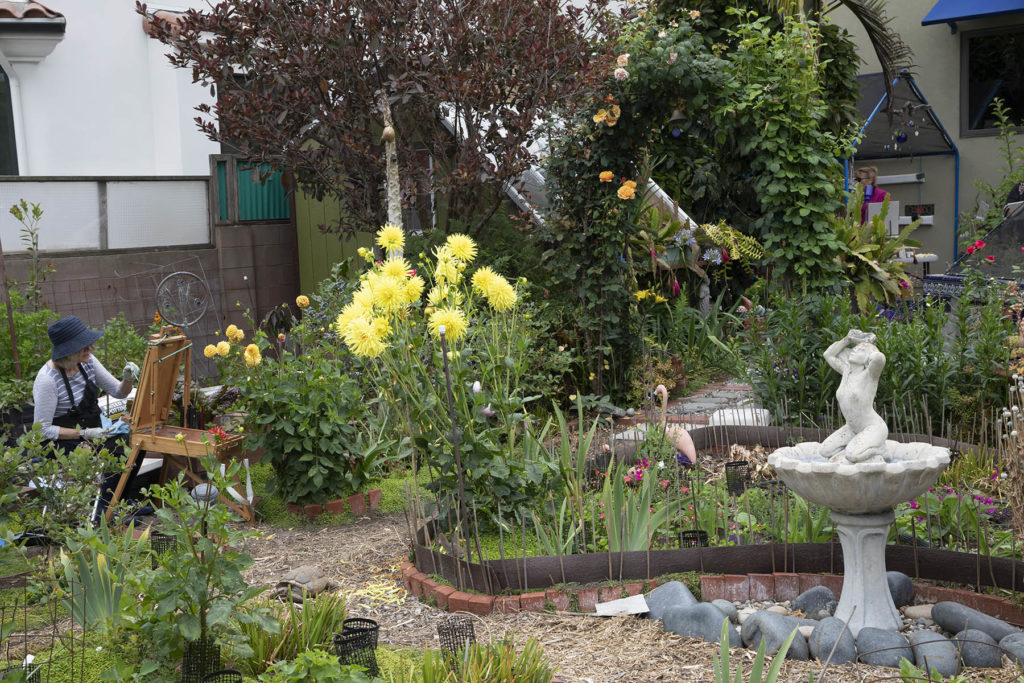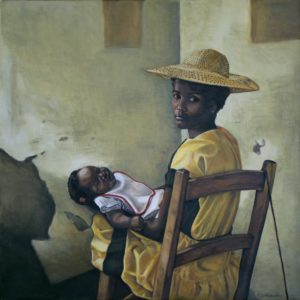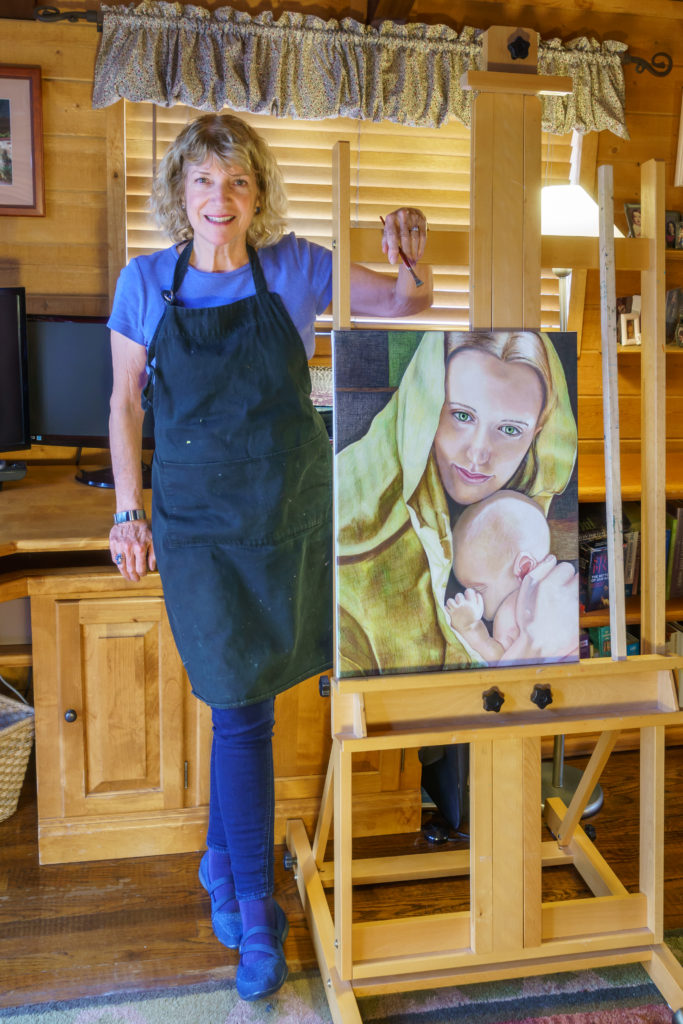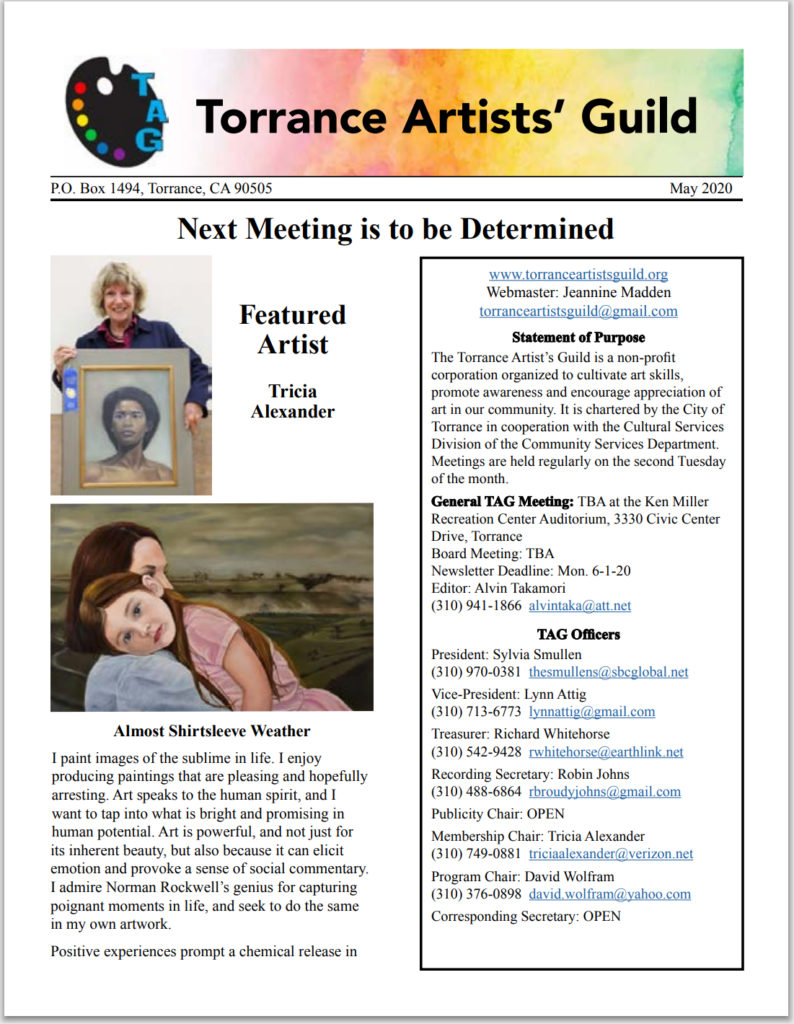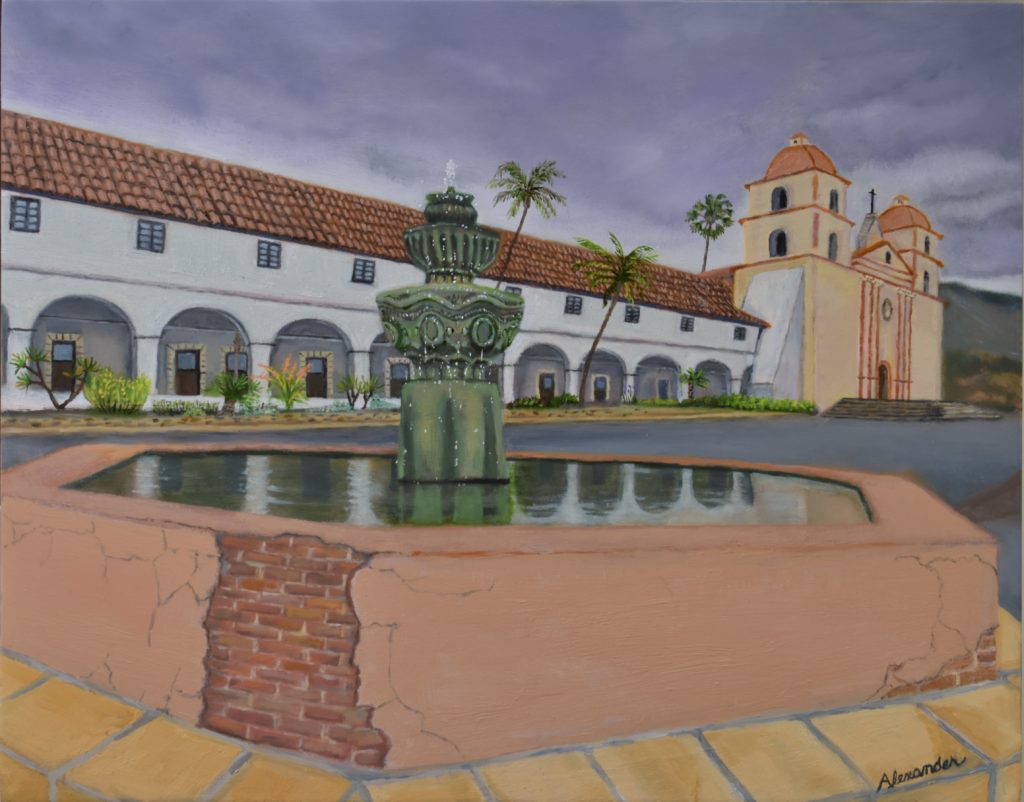
Santa Barbara Mission
I just completed “Santa Barbara Mission,” and added it to the site. The original oil is sold, but giclees and hand-worked giclees are available.
When I visit my daughter in Santa Barbara, we sometimes take at look at the old Santa Barbara mission. On this day, we encountered an art group that was painting the mission and I chatted with several members about their paintings and their group.
